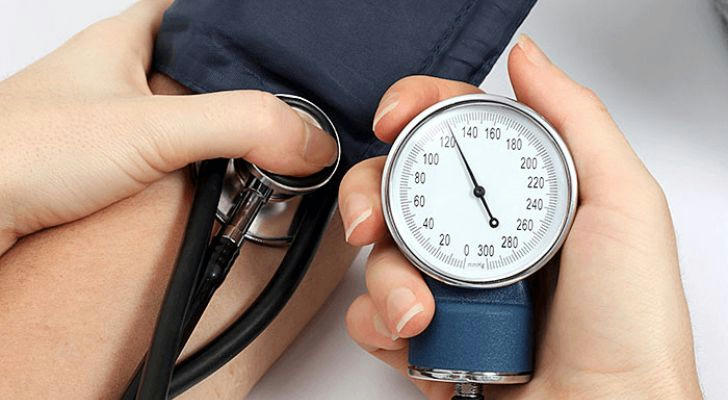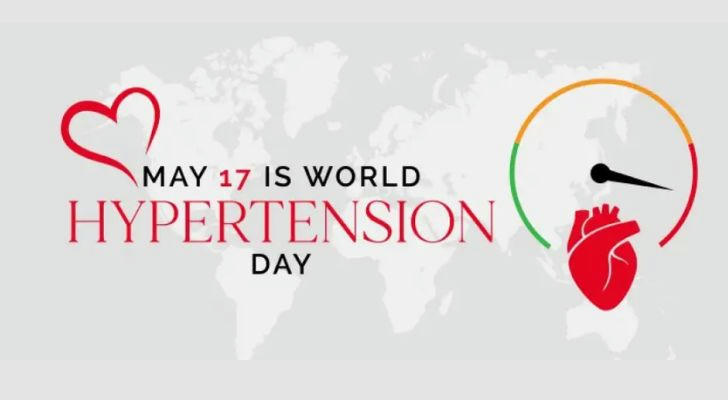Hypertension: The Silent Killer and How to Take Control of It

Hypertension, often referred to as the “silent killer,” affects more than 1 in 3 adults in the United States. Most people with high blood pressure don’t even realize they have it. Left unmanaged, it significantly increases the risk of heart disease, stroke, kidney failure, and other serious complications. Fortunately, hypertension can be detected early and controlled with the right steps.
What Is Hypertension?
Hypertension occurs when the force of blood against your artery walls is consistently too high. A normal reading is under 120/80 mm Hg. Hypertension is diagnosed when readings remain above 130/80 mm Hg over time.
There are two main types:
- Primary (essential) hypertension: No identifiable cause and develops over time.
- Secondary hypertension: Caused by underlying health conditions such as kidney disease or hormonal disorders.
Warning Signs and Risks
Most people with high blood pressure experience no symptoms. That’s why it’s often called a “silent” condition. However, extremely high blood pressure can cause:
- Headaches
- Shortness of breath
- Nosebleeds
- Chest pain
Even without symptoms, high blood pressure damages the body quietly.

Health Risks of Untreated Hypertension
- Heart attack and heart failure
- Stroke and aneurysms
- Kidney damage
- Vision loss
- Cognitive decline
Who Is at Risk?
- Adults over 40
- People with a family history of hypertension
- Smokers and heavy drinkers
- Individuals with obesity or sedentary lifestyles
- Those with diabetes or high cholesterol
How to Manage and Lower Blood Pressure
1. Monitor Regularly
Check your blood pressure at home and track it over time. Many pharmacies offer free machines, or you can invest in a home monitor.
2. Reduce Salt Intake
Limit sodium to less than 1,500 mg per day. Read food labels carefully and avoid processed items.
3. Eat for Your Heart
The DASH (Dietary Approaches to Stop Hypertension) diet emphasizes vegetables, fruits, low-fat dairy, and whole grains. Avoid sugary drinks and red meats.
4. Get Active
Aim for at least 30 minutes of aerobic activity most days. Walking, swimming, and cycling are great options.
5. Quit Smoking and Limit Alcohol
Smoking raises your blood pressure immediately. Excessive alcohol also increases the risk of hypertension.
6. Manage Stress
Chronic stress contributes to high blood pressure. Mindfulness, deep breathing, and hobbies can help you relax.

Insurance and Medical Coverage for Hypertension
Most health insurance plans cover:
- Blood pressure screenings
- Doctor visits and lab tests
- Prescription medications
- Heart and kidney evaluations
Make sure your plan includes preventive care and specialist access if needed.
Final Thoughts
High blood pressure doesn’t always show symptoms — but it never stops doing damage. Get checked regularly, take action early, and talk to your healthcare provider about the best strategies for you. A few small changes today can lead to a healthier future tomorrow.
